St. Valentine’s Day is a tradition dating back centuries. It originates in ancient Rome where on February 13-15 a lottery was held to pick a mate in which to spend the next year with. Two of the three saints named St. Valentine were martyred in this day in 3 A.D.–one for marrying Christians which was against Roman law at the time. It was declared a church holiday as early as 496 A.D. It became a common practice to pass notes on this day which evolved into picking a sweetheart for the day. This is also the day it was believed that birds choose their mates thereby heralding the first day of spring.
The practice of sending actual St. Valentine’s Day cards originates in England circa 1400. What is referred to as the first actual Valentine is a letter written in 1416 by Frenchman Charles, Duke of Orleans, to his wife during his imprisonment in the Tower of London. This first Valentine itself is bittersweet as she died before it could reach her as the Duke was imprisoned in various English castles for nearly 25 years. The original letter still exists and is held at the British Library in London. Incidentally the oldest surviving Valentine written in English is also held there. This was written by Margery Brews of Norfolk to her fiance John Paxston in 1477.
The practice of sending hand-written Valentine’s Day cards does indeed first appear circa 1400 in England. Another long-standing belief is that King Henry VIII established February 14 as St. Valentines’ Day in a royal decree in 1537. By 1601 St. Valentine’s Day has become part of England’s “popular consciousness to the extent that…William Shakespeare mentions it in Ophelia’s lament in Hamlet:
“Tomorrow is Saint Valentine’s [D]ay
All in the morning betime
And I a maid at your window
To be your Valentine.” [2]
By the 17th century it became commonplace for friends and lovers from all social classes to exchange small tokens of affection like hand-made cards, chocolates, and small gifts on St. Valentine’s Day. Some of these traditions found themselves brought to America with the colonists. In fact their popularity grew with imported “writers” from England that were actually booklets that had various “be my Valentine” messages that one could copy onto decorative paper and send. One popular “writer” even had responses.
Late 18th century and early 19th century Valentines were often religious in nature. It wasn’t until 1847 that the first American mass-produced Valentine made from–what else but–English imported embossed paper and lace was produced. They were created and sold by Esther Howland of Winchester, MA, who is commonly referred to as “The Mother of the Valentine”.
“The popularity of sending and receiving [Valentine’s] cards [in England] grew alongside the improvement in postal services and methods of printing to the point in the 1830s where postmen needed refreshments to help with the unprecedented number of cards they had to deliver.” [3] In America the Valentine didn’t truly become a tradition until during the Civil War (1861-1865) “when [V]alentine cards often depicted sweethearts parting, or a tent with flaps that opened to reveal a soldier.” [4]
“By 1900 printed cards began to replace hand-written letters due to improvements in printing technology. [Indeed] [r]eady-made cards were an easy way for people to express their emotions in a time when direct expression of one’s feelings were discouraged.” [5] It was in the Victorian era with advancements in printing and then the introduction of the “penny post” that sending Valentines became even more popular. The penny postcard Valentines were most popular during 1890-1917. [4] Sometime in the late 1800s sending Valentine’s cards fell out of fashion only to be revived sometime in the 1920s. Contrary to what some believe–Hallmark did not create this holiday. Hallmark’s first Valentine card was not produced until 1913.
Valentine’s Day now accounts for 25% of the cards sent each year according to the Greeting Card Association. [1] Today 180 million Valentine’s Day cards are exchanged in a holiday that in 2014 reached $17 billion in spending. [6]
“Until we meet again, may God hold you in the palm of His hand.”
~ An Old Irish Blessing
Marian (McCoy) Boveri
[2] History of Valentine’s Day
[3] Valentine’s Day in Britain–History and Folklore
[5] The Legend of St. Valentine
[6] Valentine’s Day Statistics
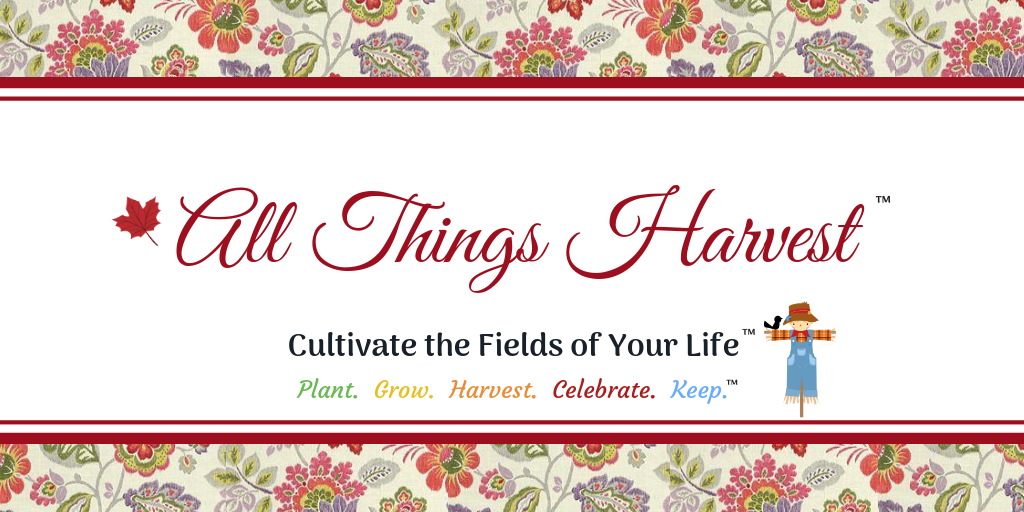
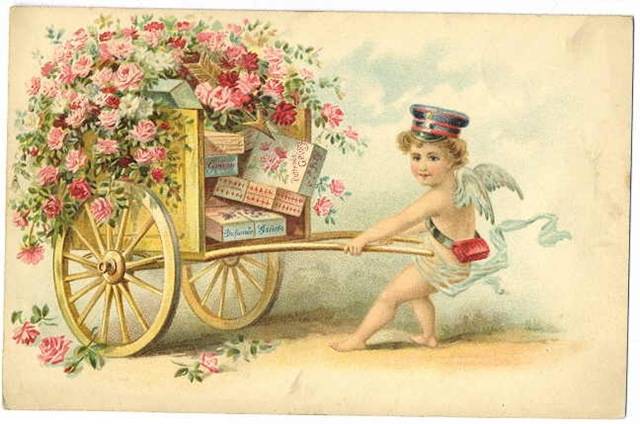

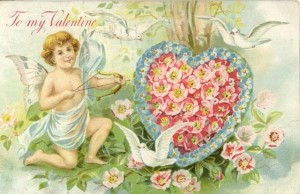
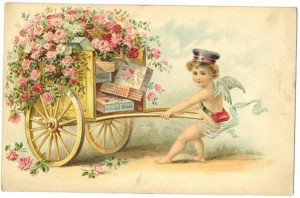



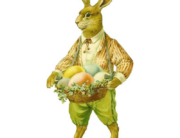





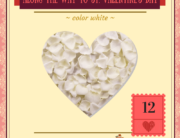
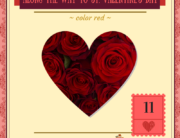

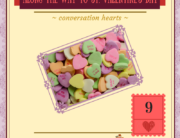

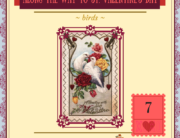
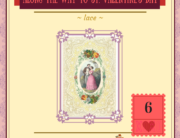
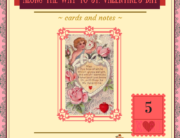



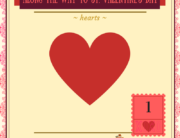




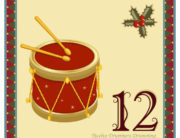
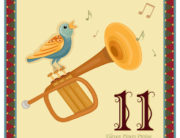



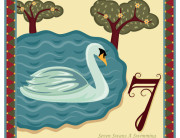

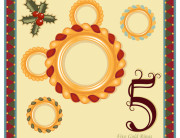

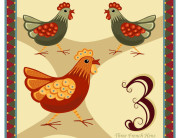

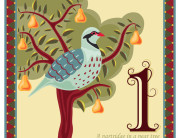

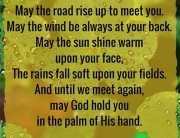
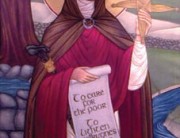




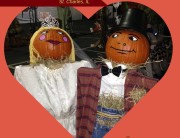


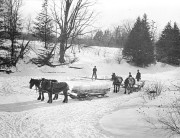








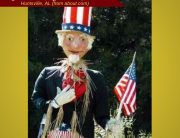
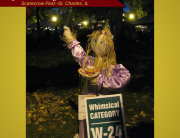

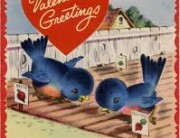

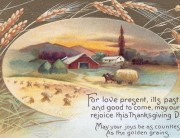



Let’s Connect
Facebook
Twitter
Google +1
LinkedIn